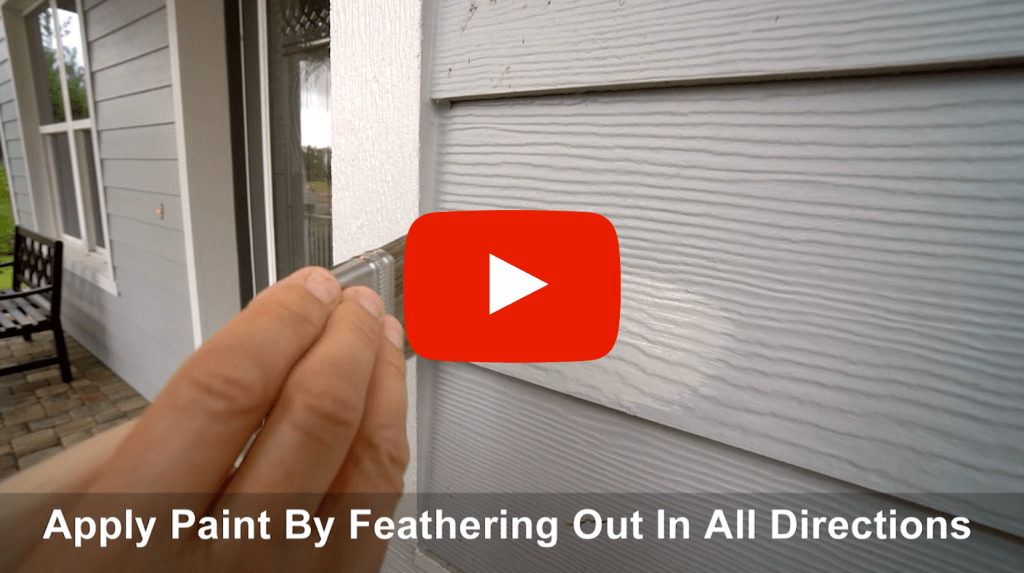Aside from architecture and building materials, paint likely makes the most significant design impact on your new custom Florida home.
Its colors and finishes help shape a home’s exterior and interior appearances. And, like all home-construction elements, paint eventually requires a little maintenance help.
Periodic touch-ups help keep your painted surfaces looking as pristine as the day you moved in. They erase spills and splashes, toddlers’ dirty handprints, and vacuum-cleaner scuff marks on the baseboards.
Regularly caring for these surfaces also adds to your home’s long-term value. It remains spiffy inside and out, and there’s nothing like making a good first impression on guests and neighbors.
Here’s how to tackle those paint touch-ups.
Good preparation is key
Think of your home’s paint as a cosmetic. It needs occasional re-application to protect your home’s finishes and keep them looking good, much like you’d re-apply sunscreen to protect your skin.

And while paint touch-ups are a relatively simple task, don’t skip the preparation. You’d probably wash your face before applying sunscreen, and the same concept goes for paint prep. First, use a damp cloth (microfiber is a good choice) or soft sponge to clean the surface you’ll paint.
Then, assemble your tools. Your ICI Homes construction and/or design team will have given you the manufacturer and color names of all your exterior and interior paints — plus donated any significant leftovers — so you’ll know what kind and color of paint you’ll need.
Other items to borrow or purchase include a drop cloth(s) to protect areas around the places you’ll paint your touch-ups, a wooden painter’s stick to stir the paint, appropriate brushes or rollers, and a paint tray if you’re using a roller.
If you need help choosing these tools, consult your local paint store, hardware store, or the folks in the paint department of a home improvement store.
Time to paint
Before you start, there’s a reason pros wear painters’ pants. Wear old stuff that won’t matter to you if it collects an errant drip or smudge.
Cover surrounding areas with the drop cloth(s). Thoroughly stir your paint with the painter’s stick. Not doing so runs the risk of having uneven variations in color when you apply it.
To paint, dip the brush in the paint can, or roller in a tray, but don’t overload either one to the point that it’s drippy. It’s always easier to add paint rather than remove excess amounts.
Apply the paint to the touch-up surface, and brush or roll it in all directions until either tool is dry. This technique helps the touch-up area blend into existing painted surfaces. Re-apply if needed. Once you’re done, allow 24 hours for the paint to cure.
For more helpful tips, take a look at the rest of our Homeowner Maintenance series.
Ready to find the home of your dreams? Talk with Florida’s Custom Home Builder, ICI Homes.


